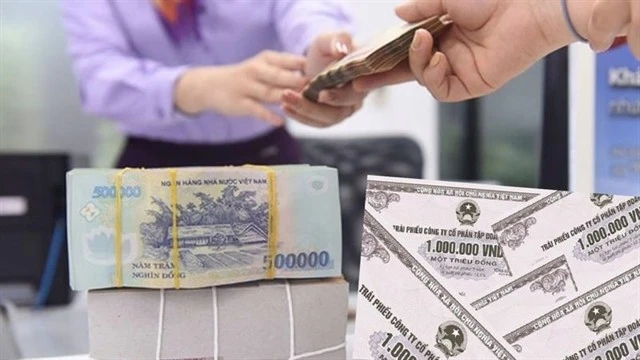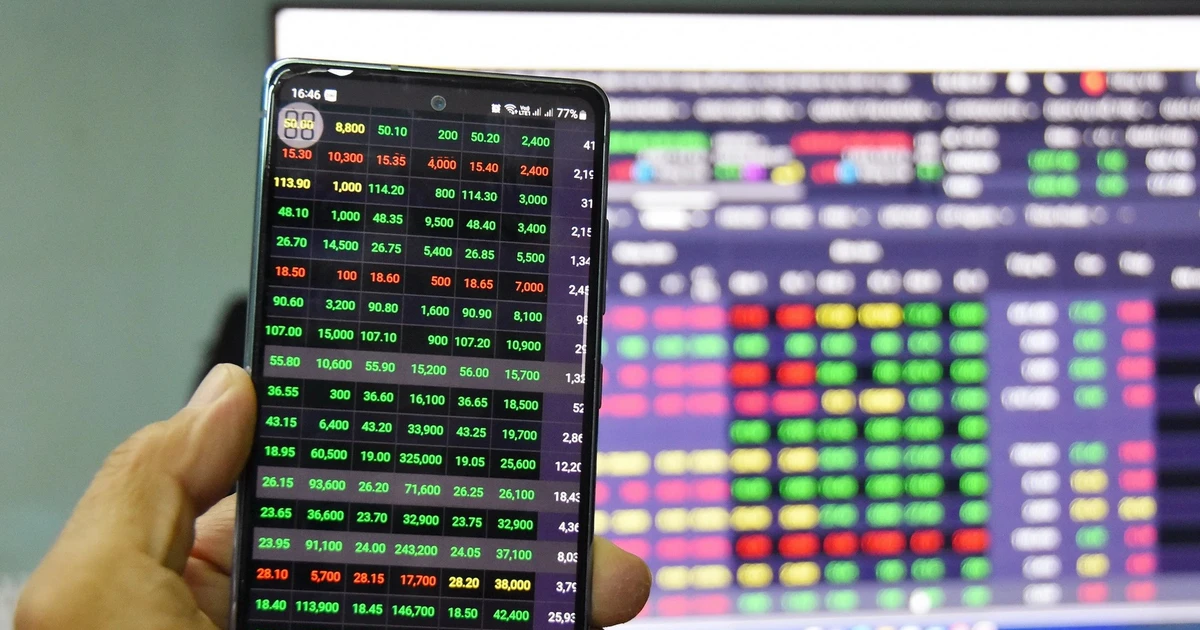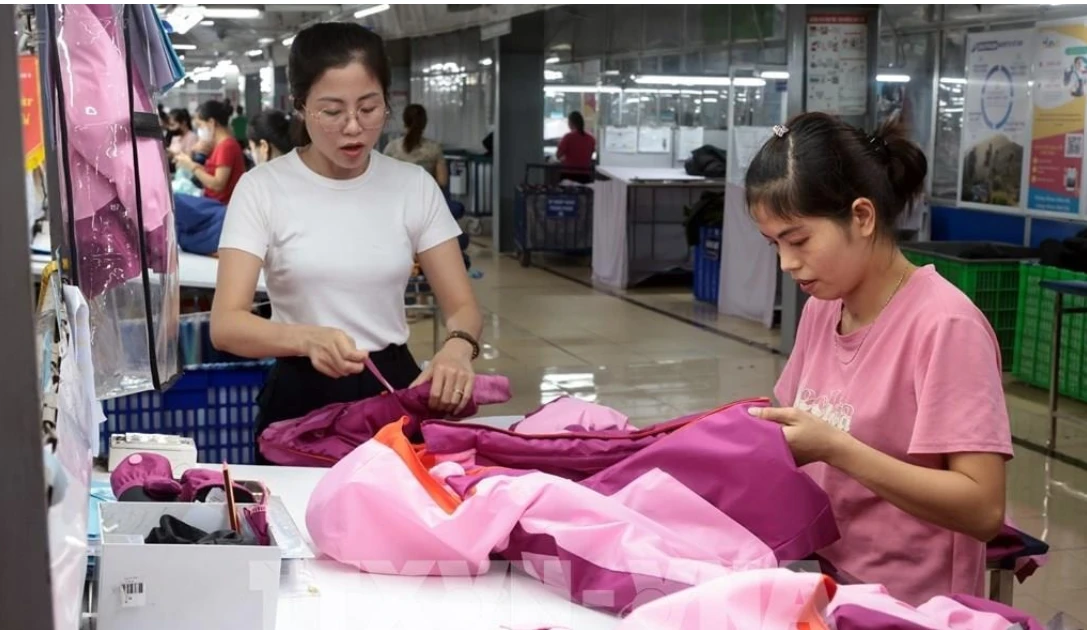Vegetable and fruit industry also recorded the highest export growth of the entire agricultural sector in the first 8 months of 2023. China continues to hold the No.1 position in Vietnam's export market for these products.
Diversifying export markets
According to General Secretary of the Vietnam Fruit and Vegetable Association Dang Phuc Nguyen, recently, Vietnamese fruit and vegetable products have mainly been exported to the markets of China, the US, the Republic of Korea, and Japan. According to preliminary statistics by the General Department of Customs, in the first 8 months of 2023, China led with export turnover of about 2.26 billion USD, accounting for 63.6% of export turnover of the entire country's fruit and vegetable industry, an increase of 133.6% compared to the same period in 2022, and an increase of 47.7% compared to the total turnover for the whole of 2022 (1.53 billion USD).
According to preliminary statistics by the General Department of Customs, in the first 8 months of 2023, China led with export turnover of about 2.26 billion USD, accounting for 63.6% of export turnover of the entire country's fruit and vegetable industry, an increase of 133.6% compared to the same period in 2022, and an increase of 47.7% compared to the total turnover for the whole of 2022 (1.53 billion USD).
The reason was that since the beginning of 2023, China has reopened its borders after a long period of restricting trade to prevent and control the COVID-19 pandemic. Additionally, durian exports witnessed a strong growth after this kind of fruit was licensed for official export to this market. In the first 8 months of this year, Vietnam's durian exports reached about 1.3 billion USD, 90% of which went to China. It is expected that durian exports to China can reach a record of 1.5 billion USD for the whole year. In addition, other fruits have been also strongly purchased by China such as bananas, jackfruit, dragon fruit, and watermelon.
Along with China, the US, the RoK and Japan have also increased imports of Vietnamese fruit and vegetables. In particular, dragon fruit, mango, jackfruit, and banana have recorded the largest export volume, accounting for about 85% of Vietnam's fresh fruit export volume today.
According to the Plant Protection Department under the Ministry of Agriculture and Rural Development, the fruit and vegetable products that have opened Vietnam's market are dragon fruit, longan, lychee, mango, rambutan, grapefruit, lemon, star apple, and banana. The products that are in the negotiation processes for market expansion are passion fruit to the US and Australia; grapefruit to Japan, the Republic of Korea, Australia, and India; durian to India; and frozen citrus fruits, coconuts, and durian to China.
Other potential products for expansion of export markets in the future are avocados and seedless lemons. In early August 2023, the US Department of Agriculture (USDA)'s Animal and Plant Health Inspection Service (APHIS) announced its permission for imports of fresh husked coconut from Vietnam. The APHIS affirmed that Vietnamese producers may begin exporting fresh husked coconut to the country. Vietnam is among top 10 largest coconut growing countries in the world, with about 200,000 hectares of coconut and an output of about 2 million tonnes, mainly in the central coastal provinces and the Mekong Delta.
In addition to negotiations for the official export of coconut products to China, , Vietnamese coconuts are expected to quickly become a billion-dollar commodity in the near future, contributing to increasing the export turnover of the entire vegetable and fruit industry.
Improving quality and processing capacity
With the current momentum of fruit and vegetable export, the target of 5 billion USD in turnover for the whole year 2023 is not too far away. However, amid the hot growth process of many products today, especially fruits, the need to maintain and constantly improve quality and ensure food safety and hygiene is a top important factor that determines the reputation and value of the entire industry.
Nguyen Quoc Toan, Director of the Centre for Digital Transformation and Agricultural Statistics, said durian is growing rapidly in recent times because it brings great economic value.
However, this commodity also has faced shortcomings such as the competition in purchasing and consolidating goods; processing infrastructure; quality management; the linkage among growers, traders, and export businesses; and human resources. Therefore, Vietnam should develop an appropriate policy framework and production and export standards as well as a strict planning for the development of durian growing areas across the country. In addition to fresh products, it is crucial to have more processed products as well as pay more attention to markets other than China, such as the US and the EU.
Sharing this opinion, Chairman of the Board of Directors of Canh Dong Vang (Golden Field) Company Nong Ngoc Trung noted that Vietnam is still weak in durian processing compared to Thailand. In the near future, this industry should further focus on promoting exports. Accordingly, businesses need to have the mindset of joining hands to bring products to the world market instead of confronting and competing on price.
To partially solve the problem of products’ quality, Deputy Director of the Plant Protection Department Nguyen Thi Thu Huong said in the coming time, the Department will focus on solutions to make information and databases transparent as well as complete technical instructions and a set of documents related to commodities to have standards on seeds, fertilisers, and production techniques for farmers to conveniently use.
In the coming time, the Department will focus on solutions to make information and databases transparent as well as complete technical instructions and a set of documents related to commodities to have standards on seeds, fertilisers, and production techniques for farmers to conveniently use.
Deputy Director of the Plant Protection Department Nguyen Thi Thu Huong
The agricultural sector needs to promote digital transformation and investment in building databases and put the applications of managing growing areas and packaging facilities into widespread use while working with localities to strengthen inspection and supervision of issuance and management of planting area codes and packaging facilities.
In fact, the demand for imported fruits and vegetables in markets around the world is still very large, so Vietnam's guarantee of product quality will be an opportunity to exploit this potential. Specifically, during the 2018-2022 period, the average US import demand for fruit and vegetables was about 46 billion USD per year, but the import value from Vietnam only accounted for less than 0.6%. The Republic of Korea (RoK) market had an average import demand for fruits and vegetables at 3.9 billion USD per year, but the import value from Vietnam only accounted for 4.3%. The average import demand for fruits and vegetables of Japanese market reached 10 billion USD per year, but imports from Vietnam only accounted for 0.6%.
Specifically in the US market, the demand for imported mangoes is very large, but the country’s current mango imports from Vietnam accounts for only 0.19% of the total imports. The reason is the remote geographical location and difficulties in preservation, causing mango products to not fully promote their value in this potential market.
Meanwhile, with processed products such as mango juice, the proportion of US imports from Vietnam increased significantly from 2.73% in the first 5 months of 2022 to 5.84% in the first 5 months of 2023. Therefore, deep processing is the direction that businesses should promote to increase export turnover in the near future.
















